- Messages
- 357
- Location
- Spring Grove PA USA
I am up to my third generation of Barlowi in less than a year. I have been able to get some good pictures in the growout tank, now home to two pairs tending spawns.
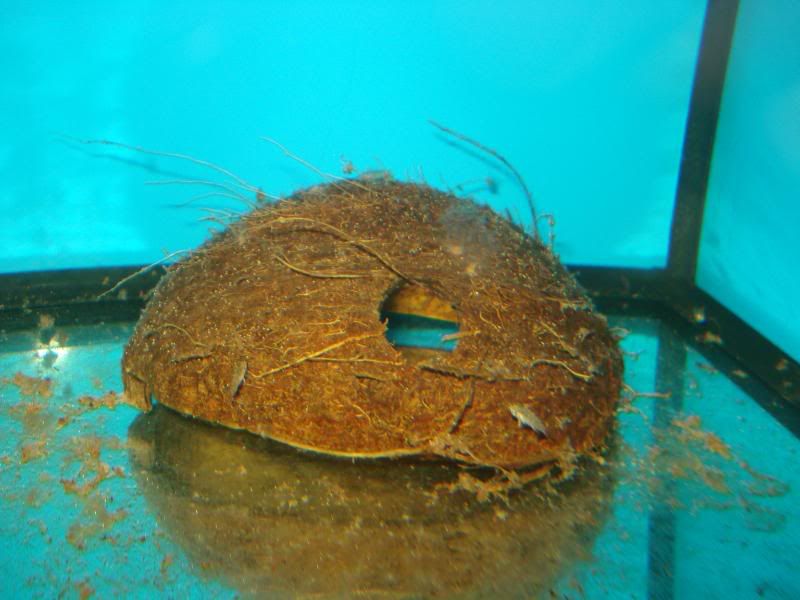
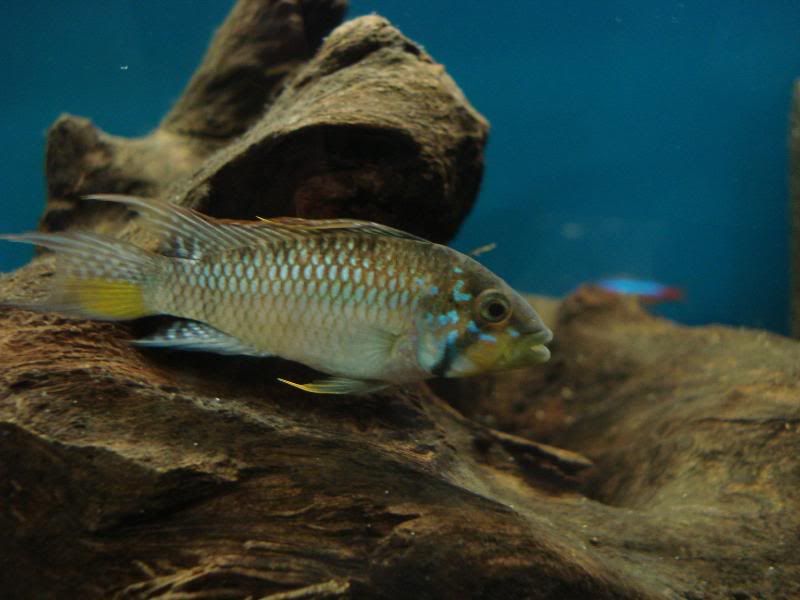



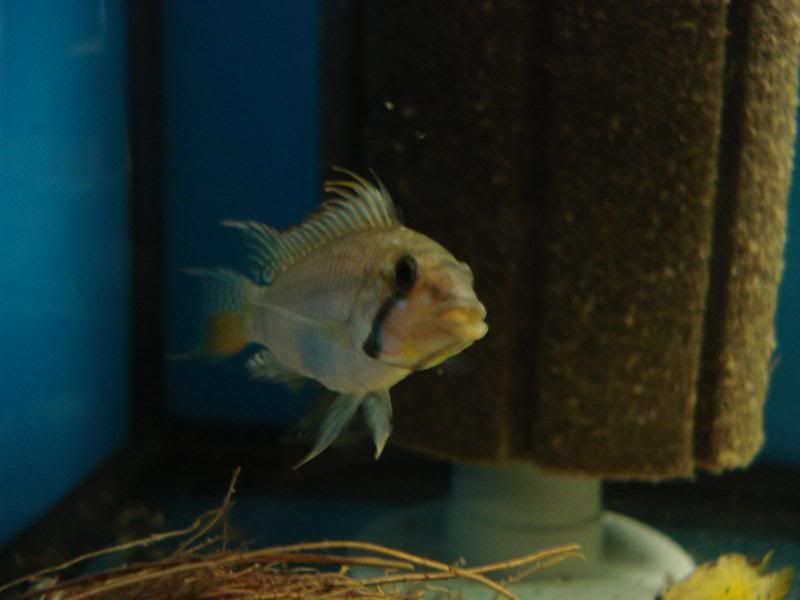
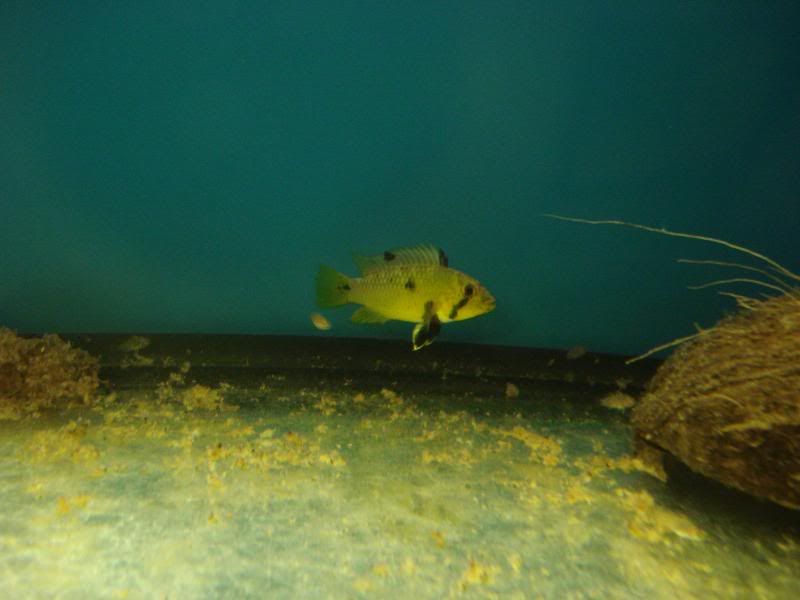
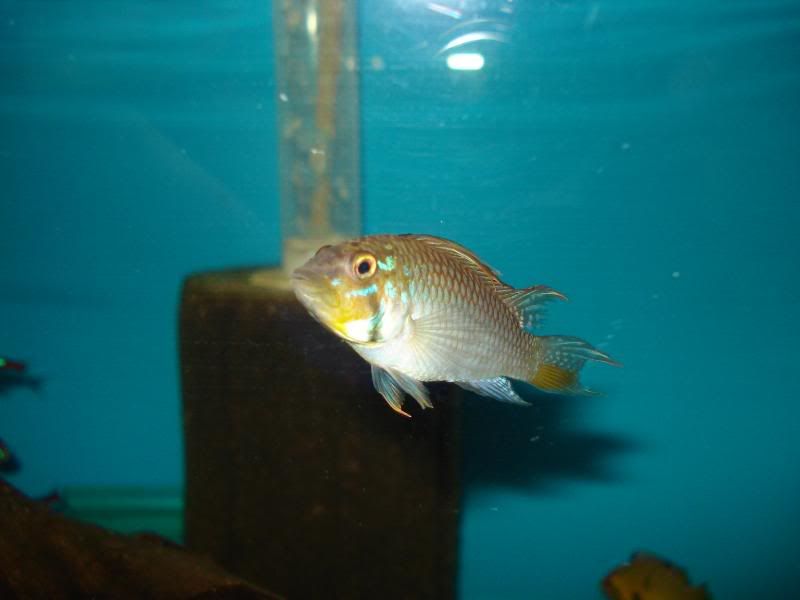
















Most people that told me of this problem - on characids as well as cichlids - reported that it was present on wild fish. It isn't transmitted to other fish in aquariums nor to offspring. I don't think anyone has done any serious study on this phenomenon.
I've to agree. I had 2 wild females of A. baenschi with those black blotches. Now I have all females of A. baenschi with them and "it" attacked also A. gibbiceps males(they were in the same tank for short period of time).Hi Mike,
Usually I would agree. But at my A. barlowi, the spots were transmitted from the parents to their spring. So it's obviously possible.
regards,
Rolo